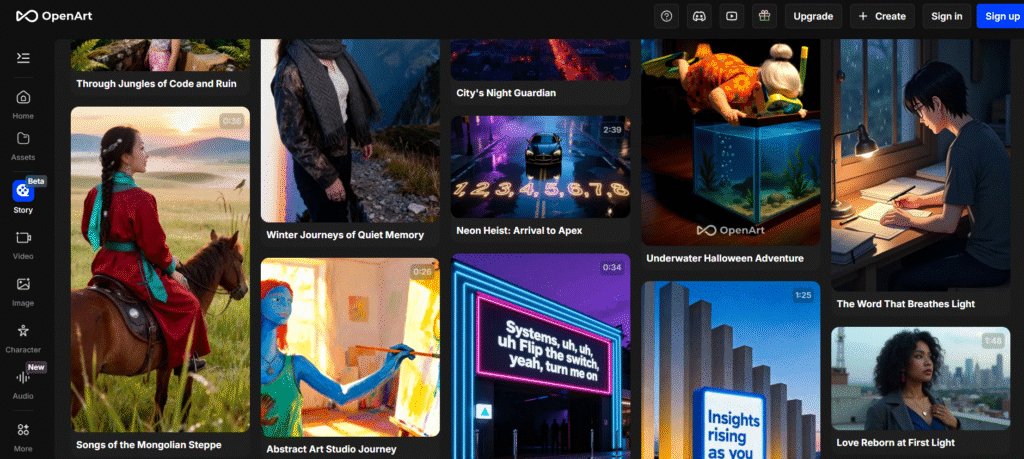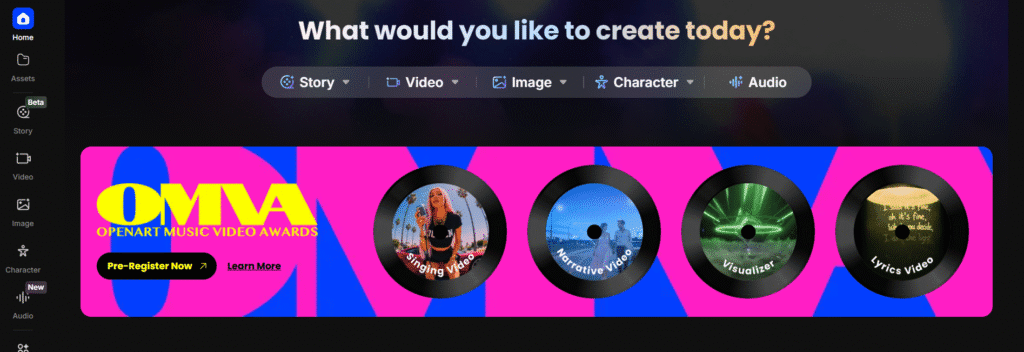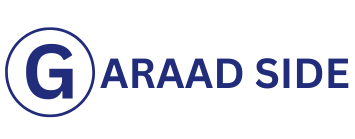Introduction
Artificial intelligence has dramatically changed the way artists, designers, and everyday users create digital content. Platforms like OpenArt AI are at the forefront of this shift, giving anyone the ability to generate professional-grade artwork with simple text prompts. Whether you’re a content creator, a digital marketer, or just someone curious about AI art, OpenArt offers a flexible and accessible environment for creativity.
In this review, we’ll explore OpenArt AI’s key features, pricing, usability, pros, and cons, and determine whether it’s worth your time and investment.

What is OpenArt AI?
OpenArt AI is an AI-powered art generation platform that enables users to create images, illustrations, and designs from text-based prompts. It uses advanced machine learning models trained on massive datasets of art and photography to produce high-quality visuals.
Unlike traditional design tools, OpenArt AI requires no artistic skill — you simply describe what you want, and the platform generates results within seconds. This makes it especially useful for non-designers, marketers, game developers, and creative professionals.
Key Features of OpenArt AI
1. Text-to-Image Generation
The core function of OpenArt AI is its text-to-image generator. Users enter detailed prompts (e.g., “A futuristic cyberpunk city at night with neon lights”), and the AI creates a unique image that matches the description.
2. Custom Model Training
OpenArt allows users to train custom AI models based on their own datasets. This means you can develop a unique art style or replicate specific looks that align with your brand or personal creative vision.
3. Style Transfer
With style transfer, users can apply the aesthetics of one artwork to another. For example, you can take a modern photo and make it look like a Van Gogh painting.
4. AI Editing Tools
Beyond generating art, OpenArt AI offers editing capabilities like background removal, upscaling, and inpainting (filling in missing parts of an image). These tools enhance workflow for professional use.
5. Community & Marketplace
OpenArt AI has a community-driven marketplace, where users share creations, explore trending styles, and even sell their trained models. This creates an ecosystem where artists and developers can collaborate.
6. Easy-to-Use Interface
The platform is designed for simplicity, ensuring both beginners and professionals can navigate easily without a steep learning curve.
Pricing Plans
Pricing may vary depending on usage, but generally, OpenArt AI follows a credit-based system where you purchase credits to generate images or train models. Typical plans include:
- Free Tier – Limited daily image generations, great for testing.
- Basic Plan – Affordable monthly subscription with extra credits.
- Pro Plan – Larger credit allowance, faster generation, and priority access.
- Enterprise/Custom Plan – Tailored solutions for agencies, studios, or teams needing large-scale image generation.
Compared to competitors like MidJourney and Stable Diffusion services, OpenArt is generally more affordable and offers greater flexibility in training custom models.
Pros and Cons of OpenArt AI
Pros ✅
- Easy-to-use, beginner-friendly platform.
- High-quality, diverse AI-generated images.
- Custom model training for unique styles.
- Affordable pricing compared to alternatives.
- Strong community and marketplace for inspiration.
- Frequent updates and expanding feature set.
Cons ❌
- Some images may require multiple attempts for accuracy.
- Credit system can be limiting for heavy users.
- Requires detailed prompts to achieve best results.
- Advanced editing still not as powerful as Photoshop or Illustrator.
Who Should Use OpenArt AI?
OpenArt AI is suitable for a wide range of users, including:
- Digital marketers looking for quick social media visuals.
- Game developers who need concept art and character designs.
- Bloggers and content creators seeking unique illustrations.
- Artists and designers experimenting with new creative methods.
- Businesses and brands wanting customized visual identity through trained AI models.
OpenArt AI vs Competitors
- MidJourney – Known for artistic, stylized outputs, but requires Discord and has a steeper learning curve.
- Stable Diffusion – Fully open-source but requires technical know-how to set up and manage.
- DALL·E – Offers strong integrations with ChatGPT but can be costlier for bulk usage.
OpenArt AI strikes a balance between accessibility and customization, making it ideal for users who want high-quality AI art without technical complexity.

Final Verdict
OpenArt AI is a powerful, versatile, and affordable AI art generation platform that empowers both professionals and hobbyists to explore new creative horizons. With its simple interface, advanced customization options, and thriving community, it stands out as one of the most user-friendly tools in the AI art landscape.
While it may not replace traditional design tools, it is an excellent complement for brainstorming, concept development, and generating unique visuals quickly.
👉 Overall Rating: 4.7/5
If you’re looking for an easy, affordable, and customizable AI art tool, OpenArt AI is worth trying in 2025.
Call-to-Action:
👉 Visit the official site of OpenArt AI to explore its features and start creating your own AI-powered artwork today!

